Summer is swiftly approaching, which means for much of North America, bats are coming back. Pregnant females are emerging from their winter roosts and heading to their maternity colonies, or to quiet places where they can find lots of food and good shelter to raise their young. With conservation threats like habitat loss, disturbance, and white-nose syndrome, bats can use some help. So what are some of the ways you can help support your local bat populations?
Create Quality Roosting Habitat
Having access to quality roosting habitat is important for maintaining healthy bat populations. The places where bats roost can be just as variable at bat species themselves – ranging from hollow trees, under bark, amongst the leaves, in the attic or a bat box. Roost temperature patterns, safety from predators, ease of access and surrounding habitat are all important factors bats consider when choosing a roost. Temperature is particularly important, especially for lactating females and pups.
Leave Natural Roosts As They Are

Large trees, hollow trees, and dead snags can all serve as important natural roosting habitats for bats (and other wildlife). If you can do so without risking human or property safety, consider leaving dead trees where they are. In more southern states, dead palm leaves can also serve as important maternity roosts for tree bats like northern yellow bats, so wait until the winter to trim those dead branches. If you need to take down a snag or hollow tree, first check it out using a video scope to make sure no bats (or other cavity dwelling animals like birds) are currently using it!
Build A Bat House
Where natural roosts are not available (or when bats have been excluded from a human roost dwelling), bat boxes can serve as useful alternative roosts. Bat box design varies, and different species seem to have different preferences. For example, Indiana bats (Myotis sodalis) tend to prefer rocket-style boxes, possibly due to more microclimate stability1. Bat boxes tend to favor bat species that are more tolerant of human disturbance. That doesn’t have to be a bad thing! For example, man-made roosts may help some white-nose syndrome vulnerable species like little brown bats by providing warmer and more stable climates during reproduction, which can lead to better body conditions before hibernation2.
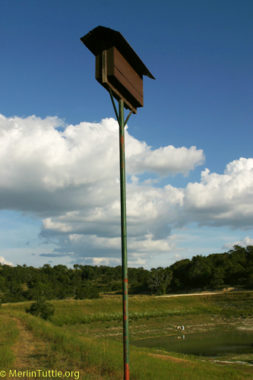
Some general best practices for installing bat boxes include:
- Turn up the heat! In northern climates, painting the box black or dark colors can help maintain heat. Orienting the box towards the southeast can also maximize sun exposure.
- Enough space for all their friends. Bats like boxes where they can cuddle in with all their buddies. Larger boxes can also allow for spatial variation in things like temperature, or microclimate. As the box heats up or cools down, bats can then move themselves around to the areas that are most comfortable.
- Coming in for the landing! Most bats need some space beneath them in order to take off into flight. When installing a bat box, it helps to have it pretty high off the ground (12-15 feet), making sure the area around the box is relatively clear of high brush and vegetation.
- Patience! Remember that none of these things are guarantees that bats will find and use your box. On average, it takes at least 2 years for bats to start using a new bat box. Other factors that might affect bat box use include the dominate species in your area (do they like boxes), and availability of natural roosts (see above).
Attract A Prey Base
Being a bat is hard work! With high metabolisms, bats need to consume enough prey to maintain their high-flying lifestyle. Lactating bats have even higher energy requirements – food consumption by little brown bats increases by about 45% from pregnancy to lactation3, and need to consume about half their bodyweight each night in order to maintain their energy4.
Plant a Night-Blooming Garden
Adding a mix of night-blooming plants such as evening primrose, moonflower and Jimsonweed can attract moths and other nighttime insect pollinators to your garden. Make sure to plant species that are native to your area, and check your planting zone to ensure plants can handle your local climate. While there’s not peer-reviewed evidence that this can have a huge impact on bat populations, at the worst, you end up with a lovely moonlight garden!
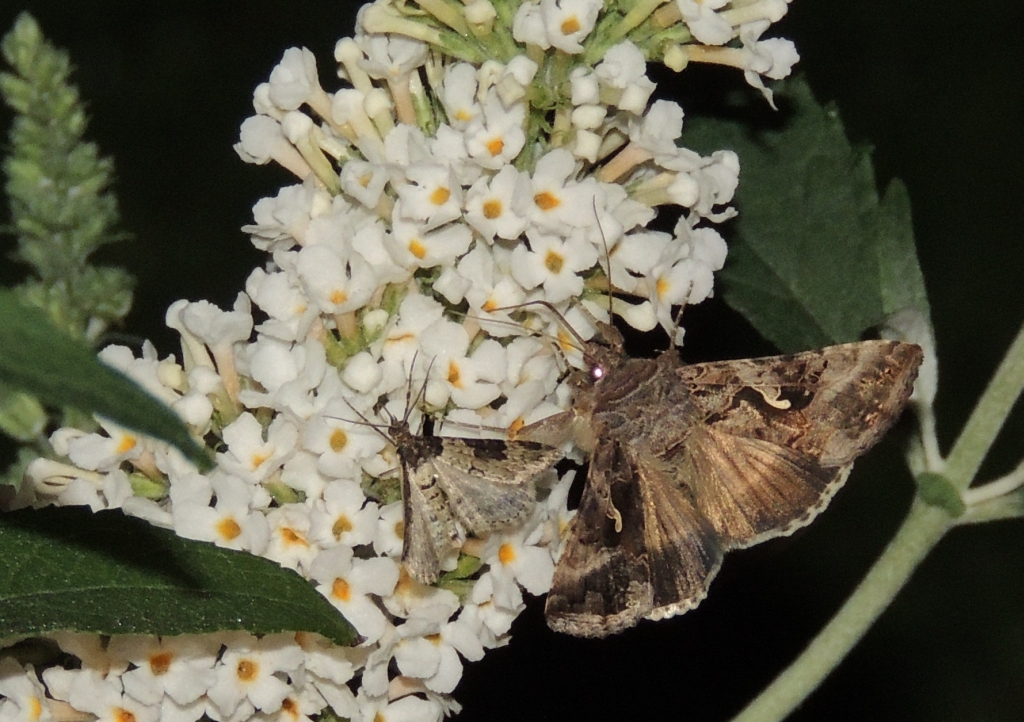
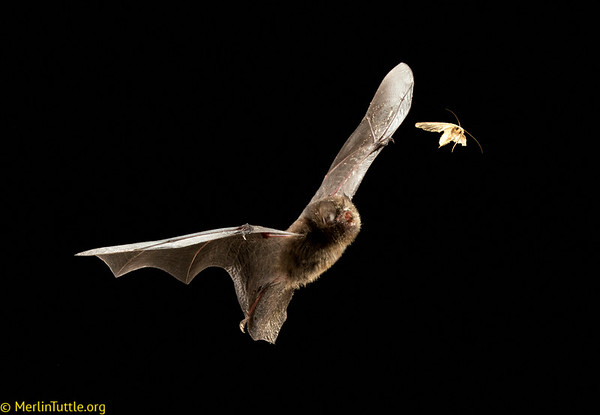
Reduce Your Pesticide Use
Reducing your pesticide use can have lots of benefits, including health benefits for humans as well as providing a safe, prey base to support local wildlife, including bats. While bats are not necessarily consuming pesticides, foraging in areas exposed to pesticides can still result in indirect effects, accumulating up the food chain. Ingestion of pesticide residues on arthropods such as insects can still have negative consequences for bats, including increased metabolisms, reproductive problems5, and even neurological effects that interfere with their spatial orientation and echolocation6.
Keep Your Pets Inside
In human-dominated landscapes, bats (and other wildlife) are particularly at risk from invasive predators – our cats and dogs. Globally, free-ranging and outdoor cats are estimated to kill billions of birds and small mammals every year. While the effect of cat predation on bats has not been as well studied, studies in the United Kingdom and Italy found that between 29 and 44% of bats submitted to bat rehabilitation centers were injured by cats7,8. In New Zealand, a single cat was thought to be responsible for deaths of 102 bats over a seven day period9. Keeping your pets inside is also safer for them as well! Bats can carry rabies, and when bats are sick they are more likely to end up on the ground where they would be seen as easy prey for a cat or dog. There are ways to responsibly let your pet enjoy the outdoors, including supervised playtime, leashes and catios.
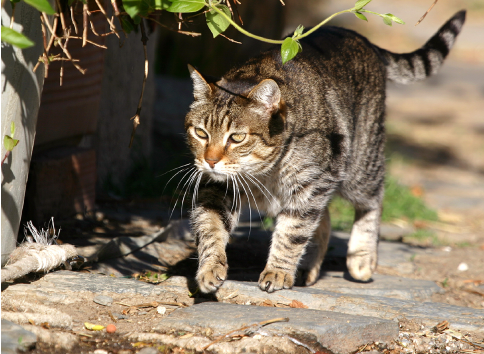
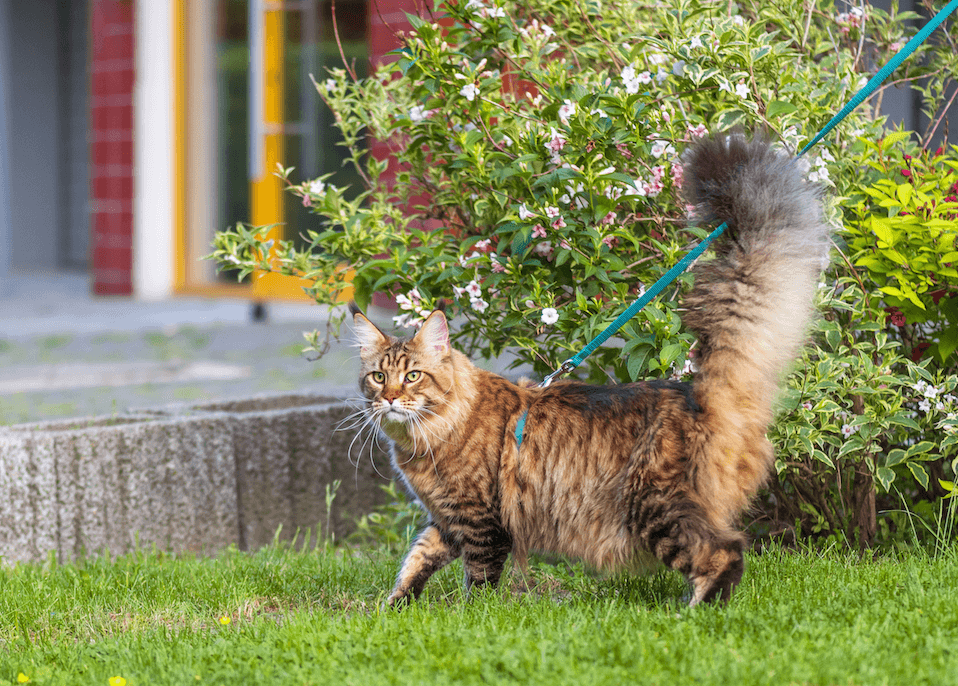
Important Caveat -
None of these things are guarantees. Bats are a diverse group of animals ~ something that works for one species might not work well for another species. Success of attracting bats to an area depends on a variety of factors, including general location, the types of species in the area, and surrounding habitats. That being said, these are still great practices for creating a wildlife-friendly backyard, something we can all benefit from!
Literature Cited:
- Hoeh, J. P. S., Bakken, G. S., Mitchell, W. A. & O’Keefe, J. M. In artificial roost comparison, bats show preference for rocket box style. PLoS One 13, e0205701 (2018).
- Johnson, J. S., Treanor, J. J., Slusher, A. C. & Lacki, M. J. Buildings provide vital habitat for little brown myotis ( Myotis lucifugus ) in a high‐elevation landscape. Ecosphere 10, (2019).
- Anthony, E. L. P. & Kunz, T. H. Feeding Strategies of the Little Brown Bat, Myotis Lucifugus, in Southern New Hampshire. Ecology 58, 775–786 (1977).
- Kurta, A., Bell, G. P., Nagy, K. A. & Kunz, T. H. Energetics of Pregnancy and Lactation in Freeranging Little Brown Bats (Myotis . Physiol. Zool. 62, 804–818 (1989).
- Bayat, S., Geiser, F., Kristiansen, P. & Wilson, S. C. Organic contaminants in bats: Trends and new issues. Environment International 63, 40–52 (2014).
- Hsiao, C. J., Lin, C. L., Lin, T. Y., Wang, S. E. & Wu, C. H. Imidacloprid toxicity impairs spatial memory of echolocation bats through neural apoptosis in hippocampal CA1 and medial entorhinal cortex areas. Neuroreport 27, 462–468 (2016).
- Ancillotto, L., Serangeli, M. T. & Russo, D. Curiosity killed the bat: Domestic cats as bat predators. Mamm. Biol. 78, 369–373 (2013).
- Woods, M., McDonald, R. A. & Harris, S. Predation of wildlife by domestic cats Felis catus in Great Britain. Mamm. Rev. 33, 174–188 (2003).
- Welch, J. N. & Leppanen, C. The threat of invasive species to bats: a review. Mamm. Rev. 47, 277–290 (2017).